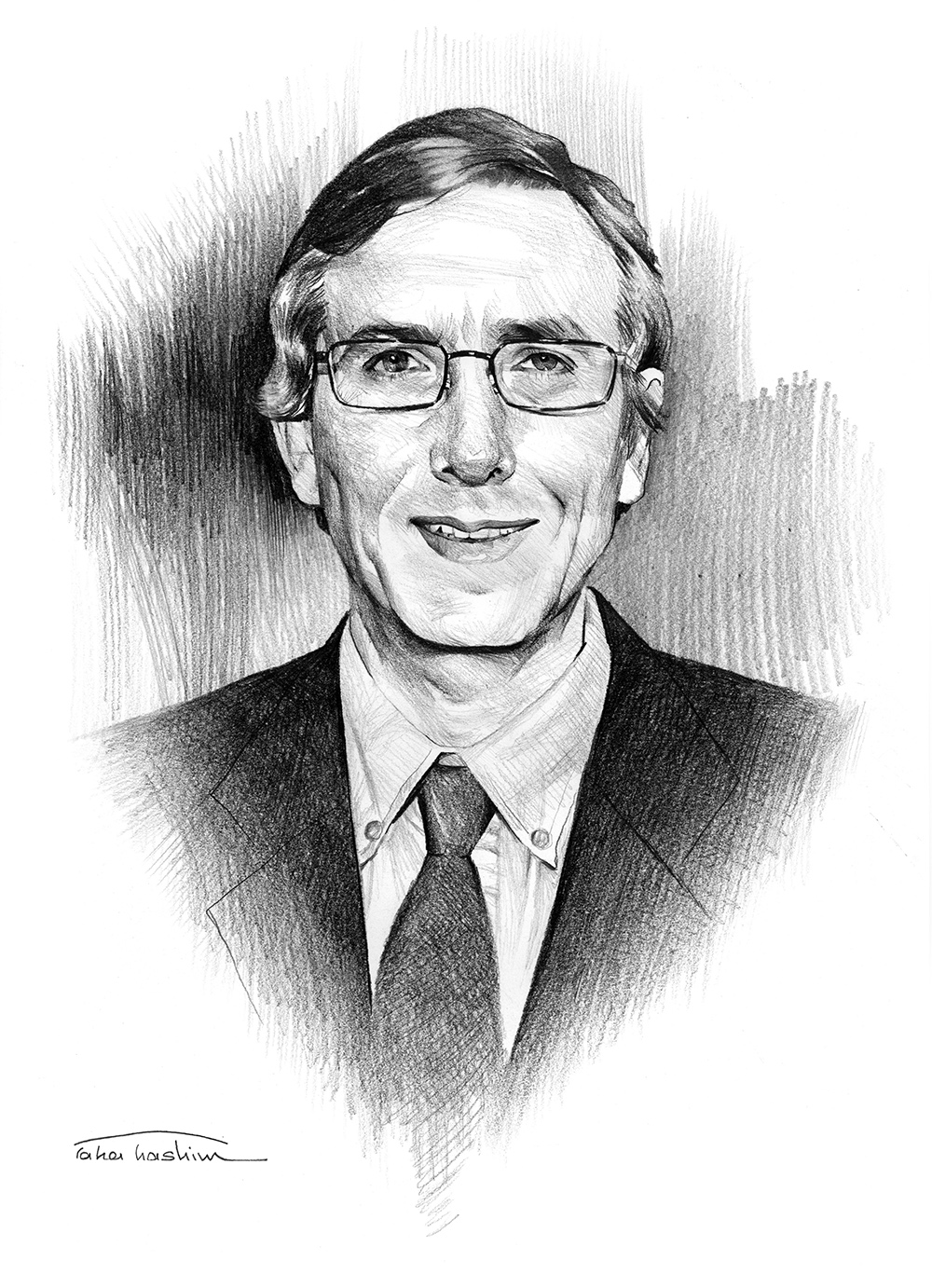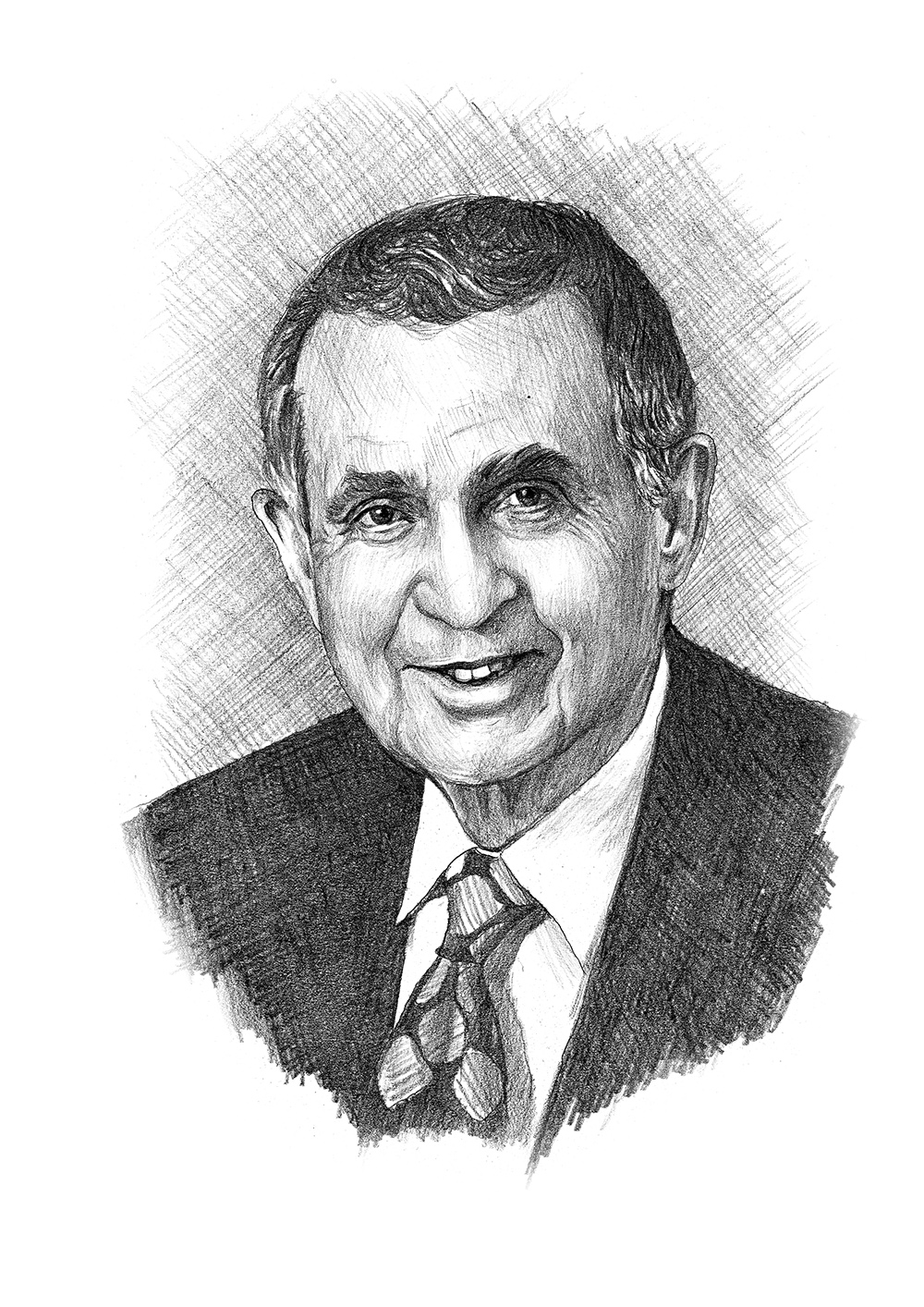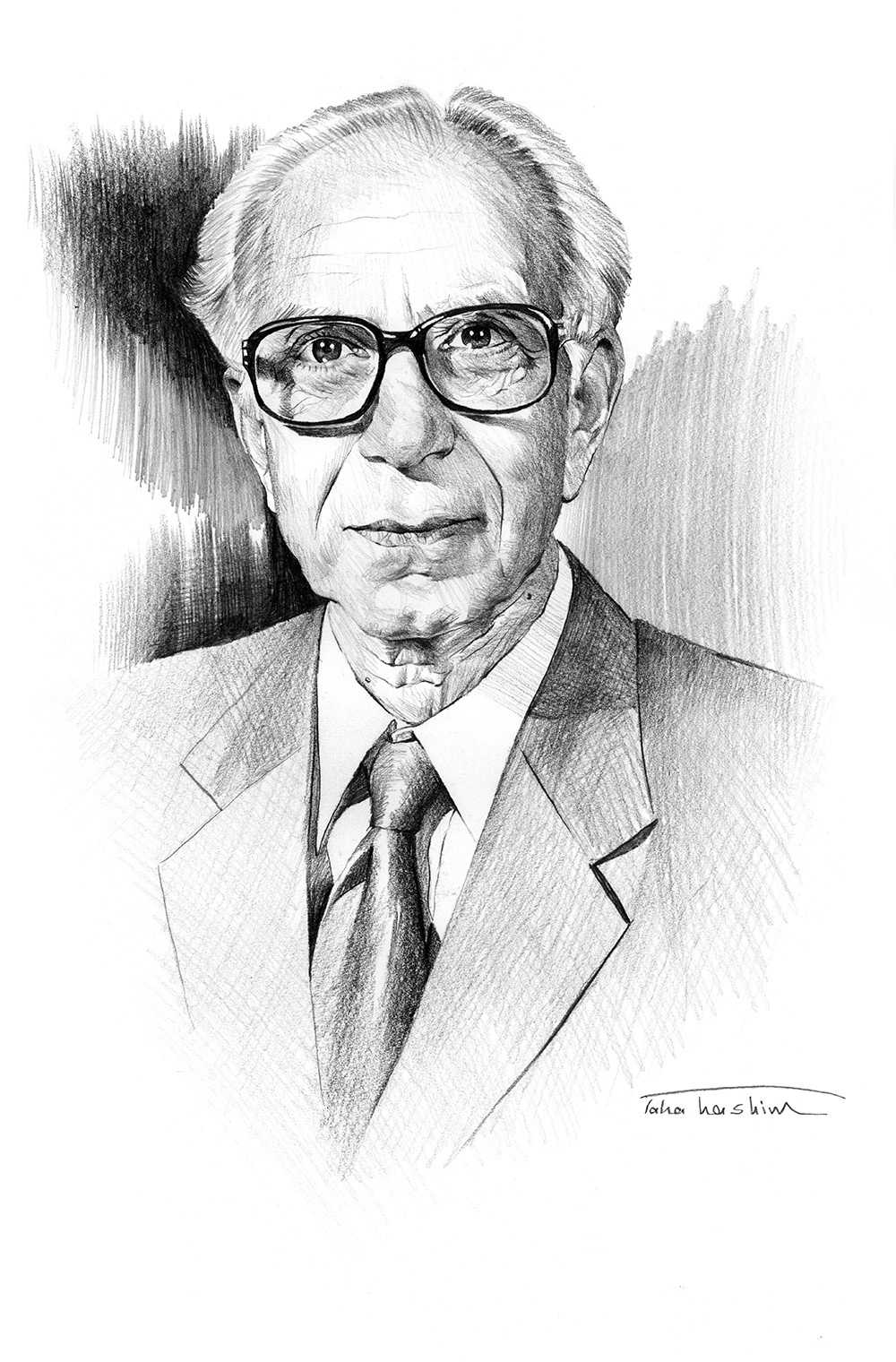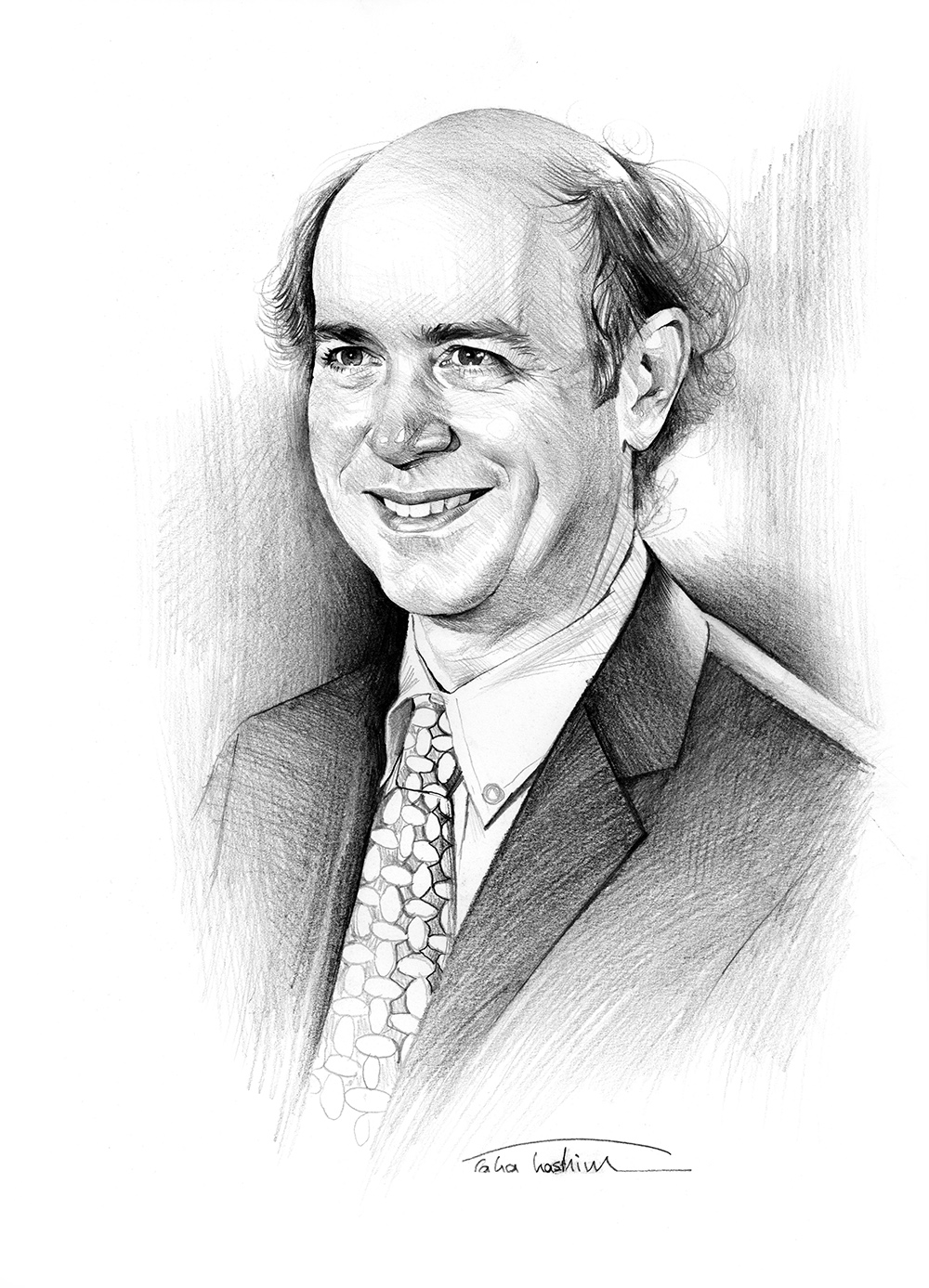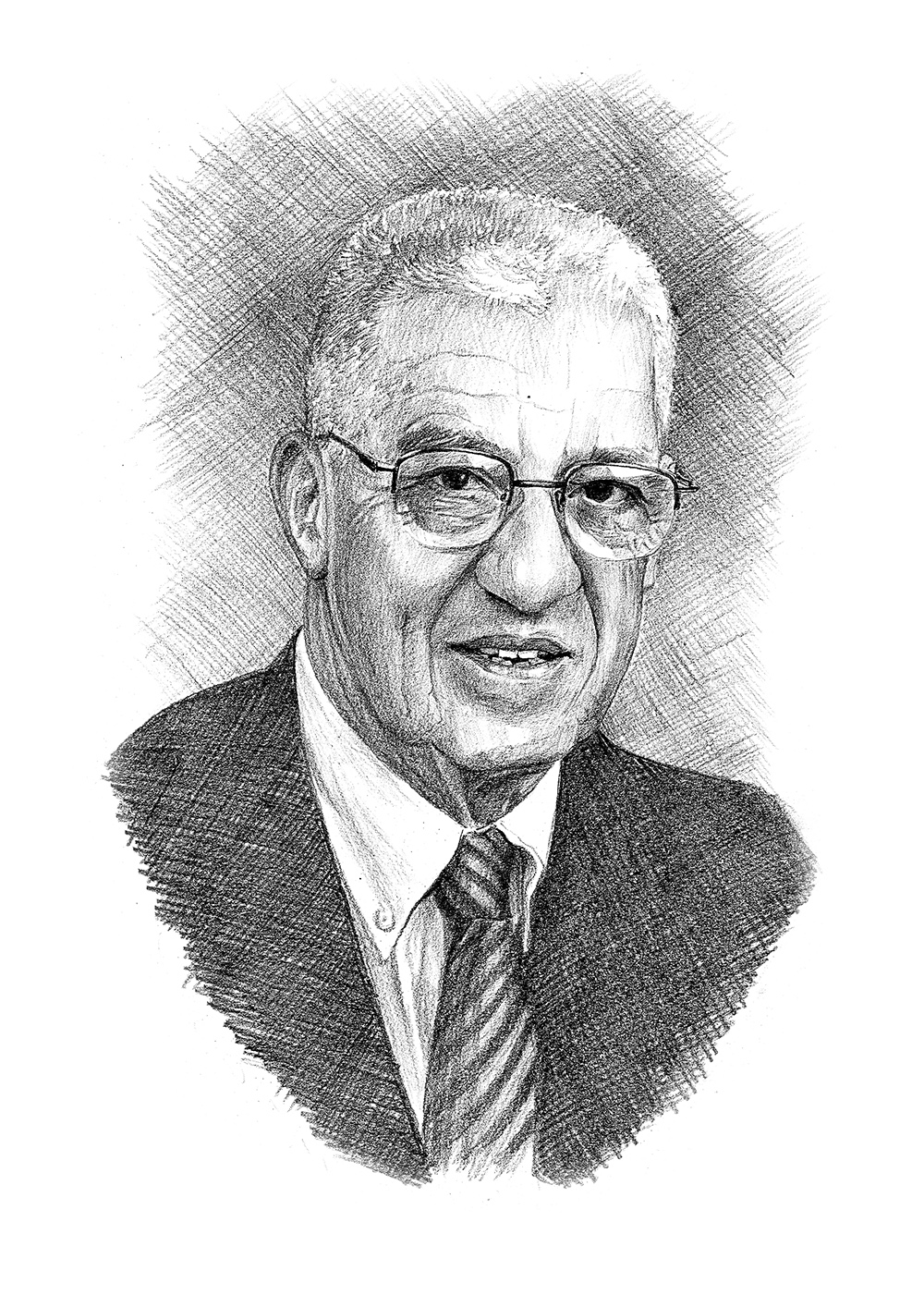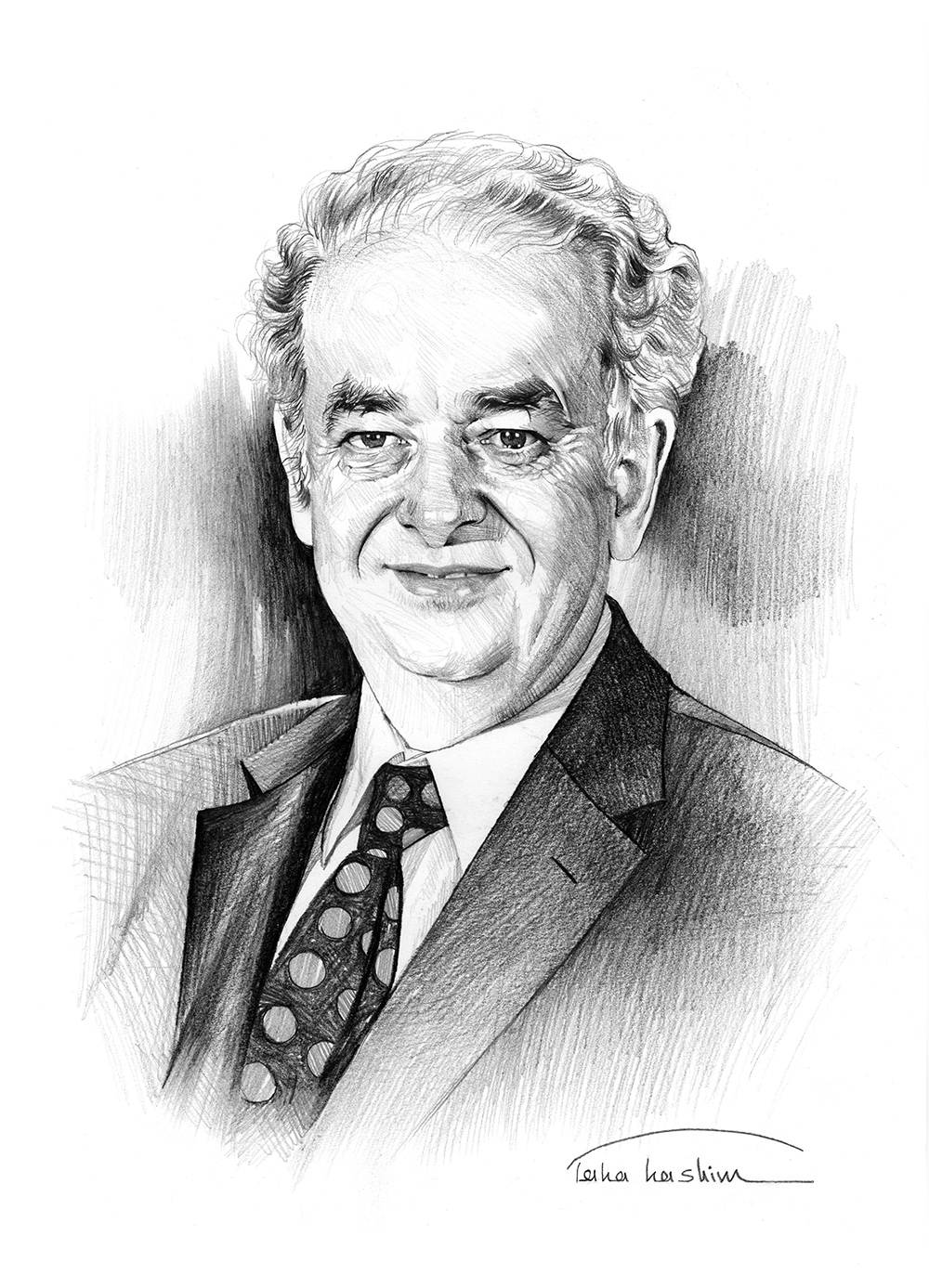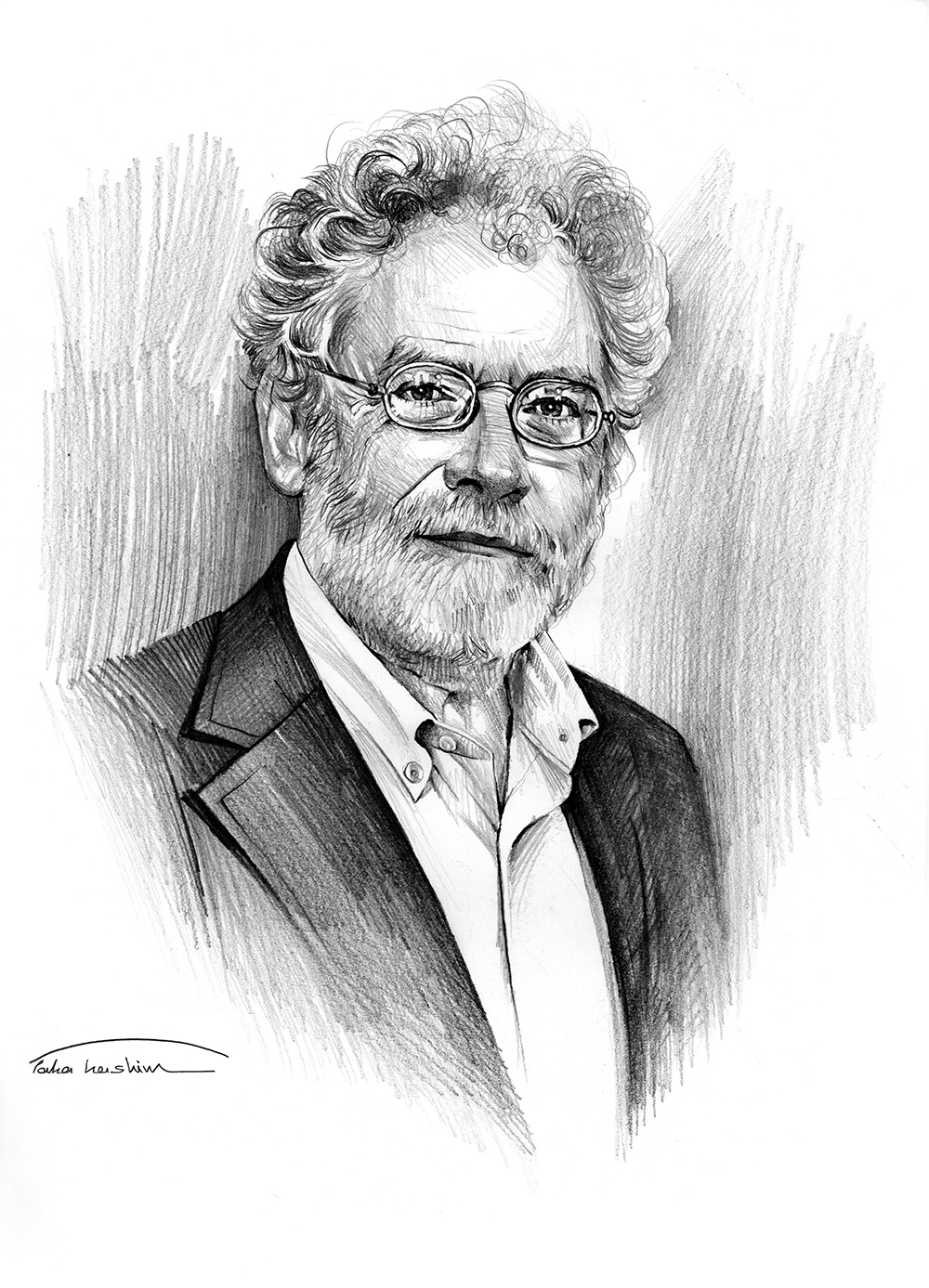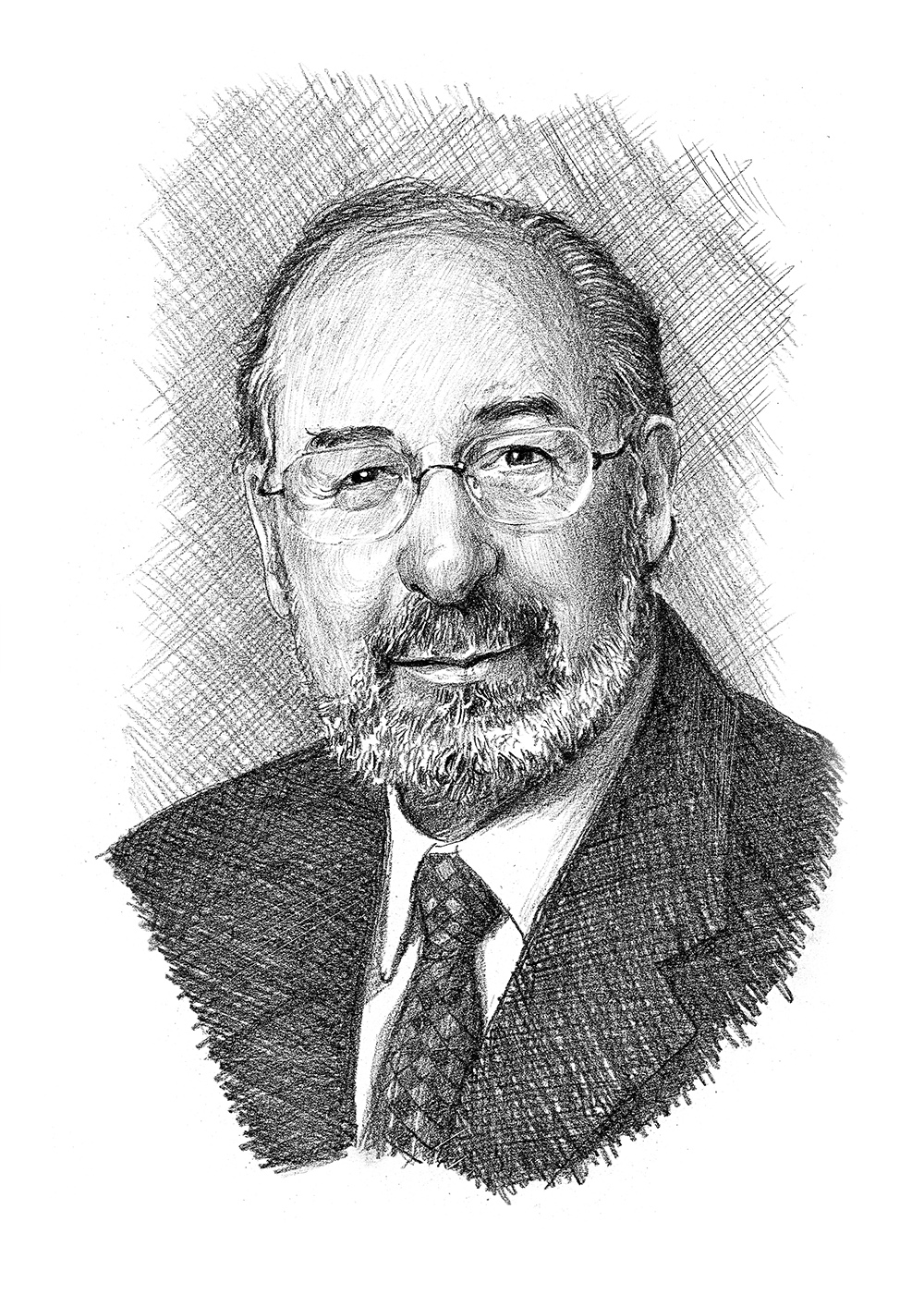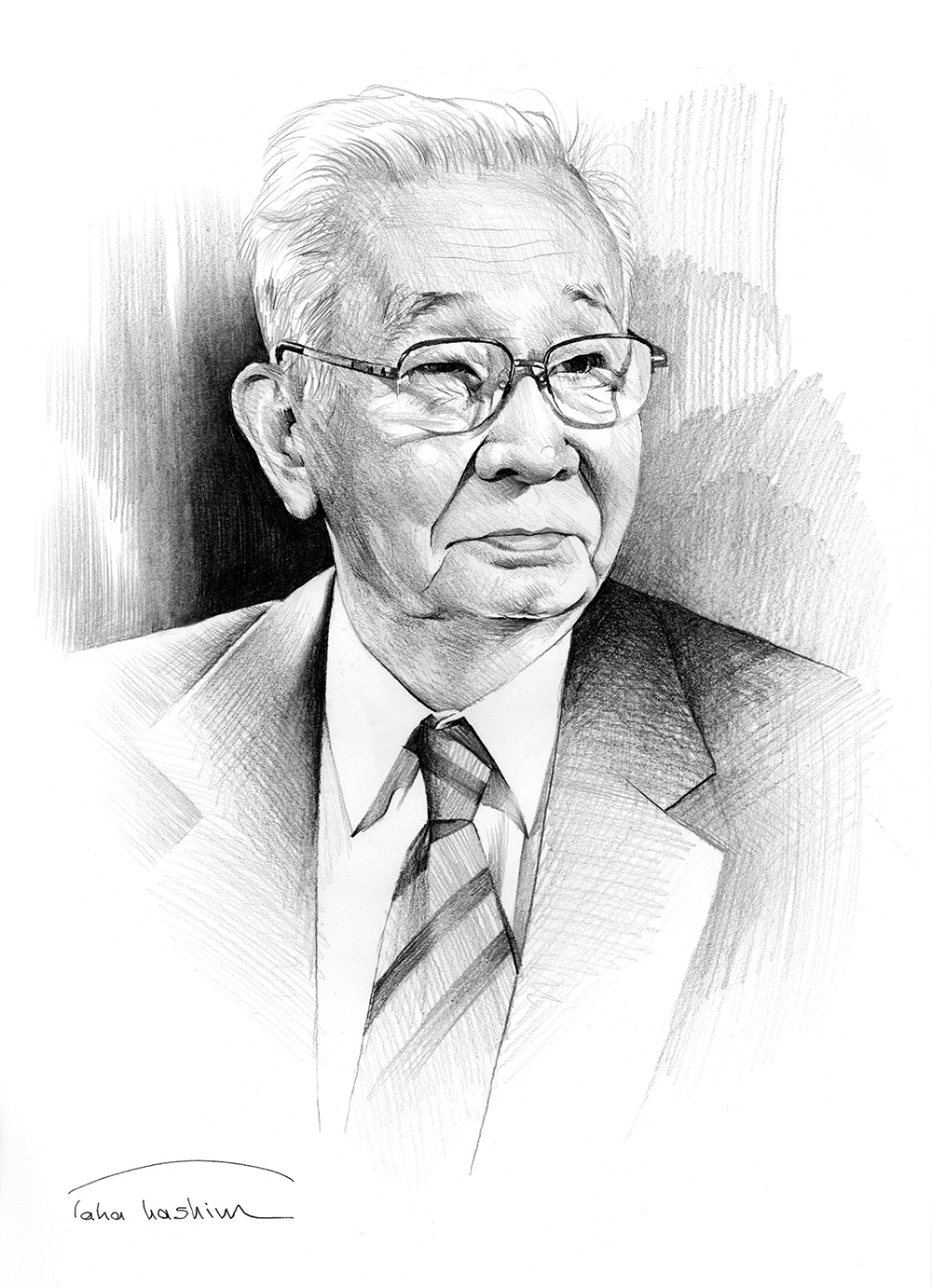Simon Donaldson obtained his B.A. in mathematics from the University of Cambridge in 1980 and Ph.D. from Oxford University in 1983. During his doctoral studies he proved results on 4-dimensional manifolds which stunned the mathematical world. One consequence of this was the existence of exotic differentiable structures on Euclidean 4-space. After completing his Ph.D., he was appointed as a Junior Research Fellow at All Souls College, Oxford, then he spent the following year at the Institute for Advanced Study at Princeton University as a visiting member. When he was merely 28 years old, he became the Wallis Professor of Mathematics at Oxford University. He held that position until 1997 after which he worked for a year as Hoagland professor at Stanford University in the U.S.A. before moving to Imperial College, London in 1999, where he is currently the Royal Society Research Professor of Pure Mathematics and President of the Institute of Mathematical Sciences at the Imperial College in London.
Professor Donaldson’s distinguished contributions to mathematics fall into three main categories: the applications of the gauge theory to 4-manifold topology, the differential geometry of holomorphic vector bundles, and certain aspects of symplectic geometry. He spurred great interest in the gauge theory by discovering deep connections between four-dimensional topology and Yang-Mills theory, and by using ideas from that theory to solve problems of mathematics.
A highly acclaimed mathematician, Donaldson was elected a Fellow of the Royal Society of London at the age of 29, and simultaneously awarded the Field Medal, the highest honor in mathematics. Furthermore, he received several awards, including the Royal Medal of the Royal Society (1992), the Crafoord Prize of the Swedish Royal Academy of Science (1994), and the Polya Prize of the London Mathematical Society (1999). His other honors include plenary lectureships at the International and the European Congresses of Mathematicians and the International Congress of Mathematical Physics. He was elected a Foreign Associate of the U.S. National Academy of Sciences in 2000, and an Honorary Fellow of Pembroke College (Cambridge University) and St. Anne’s College (Oxford University). He published numerous original articles, conference papers, books and book chapters and supervised some 35 graduate students at Oxford University. He also served on the editorial boards of major mathematical journals and was Chief Editor of Topology for 6 years. He also served on the Council of the London Mathematical Society and the Scientific Committees of the Max Planck Institute, the Institut des Hautes Études Scientifiques (Institute for Advanced Scientific Studies) and the Newton Institute at Cambridge. From 1988-2002, he was the Vice-President of the International Mathematical Union.
This biography was written in the year the prize was awarded.

